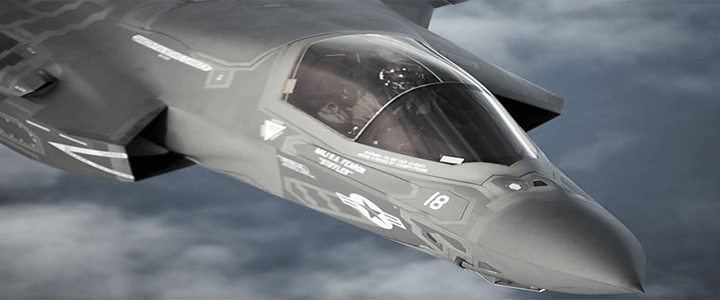The Senate Armed Services Committee beat its House counterpart to the punch on Wednesday, releasing details on its full-committee mark-up of the Fiscal Year 2018 National Defense Authorization Act. The HASC was still in its marathon full committee mark-up session late Wednesday evening, and was projected to go until around 2 am, when committee chairman John McCain (R-Ariz.) released a 13-page summary.
Unlike the House, the senate marks-up the NDAA behind closed doors.
“Spending money like a drunken sailor” is a popular phrase to describe runaway spending. Sen. McCain, himself a retired naval aviator, once said the problem with applying that analogy to government is that eventually, the drunken sailor runs out of money and stops spending.
Sen. McCain and his fellow committee members seem to have forgotten this.
The bill, which received unanimous support from the committee, increases defense spending in the base budget by $24.6 billion over the administrations request, and shifts $4.4 billion from the Overseas Contingency Operations account into the base budget. This exceeds the allowable amount under the Budget Control Act (“sequestration”), a topic the Congress will need to tackle quickly. But the extra spending by itself is not the full story.
BUYING MORE PLANES THAN THE SERVICES WANT
The big winners are the Air Force and the Brown-Shoe Navy (and by extension, Boeing and Lockheed Martin), who get a total of 50 more aircraft, at an additional cost of $6.5 billion, over what they asked for. These extra planes include two additional KC-46A tankers, 12 additional MC-130J special operations cargo aircraft, 10 additional F/A-18 fighters, and 6 additional P-8A Poseidon anti-submarine aircraft.
But the biggest winner in the aviation space is the troubled F-35 Thunderbolt II, also known as the Joint Strike Fighter. The Senate’s bill directs the DoD to procure 24 more of these aircraft than it asked for, at a cost of $3.1 billion over the administration’s request. The total bill for these planes, $10.6 billion, puts the cost-per-plane at $105 million each (this despite the president’s declaration that he got “a better deal” on the F-35’s price).
The F-35 is already the most expensive military procurement project in human history. The program, which the DoD projects will extend to 2070, will be $1.5 trillion… a figure that may or may not include today’s additions.
Trilion, with a T. As in 1,000 billions. As in more than seven percent of the country’s total debt. For an airplane that can’t win in a dogfight against a fully loaded training (i.e., slower and less maneuverable) version of the F-16. For comparison, the F-16 took its first flight in 1974—when Richard Nixon was still president—and entered service in 1978.
Ponder that for a moment. The F-35, supposedly the most technologically advanced fighter plane in the world, lost a dogfight to a plane designed before disco music was even a thing. And we keep buying the things.
COULD THE DOD SPEND THE MONEY BETTER?
As the late Sen. Everett Dirksen famously said of government spending, “A billion here, a billion there, and pretty soon you’re talking about real money.” What else could that extra $3.1 billion buy?
For starters, it is $100 million more than the Army’s entire FY2018 helicopter procurement budget of $3 billion. It is almost double the Army’s entire ground combat vehicle procurement authorization for the year, which is $1.7 billion. It could put $1,078 into the pocket of every Soldier, Sailor, Airman, and Marine currently serving.
HASC Chairman Mac Thornberry (R-Tex.) is correct when he points out that readiness and procurement are connected. A fighter squadron with only half its planes will still only be at 50 percent readiness even if everything else is perfect.
But the F-35 has come to be seen as “too big to fail.” The nation needs to decide if it is worth the cost.




